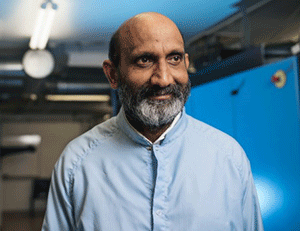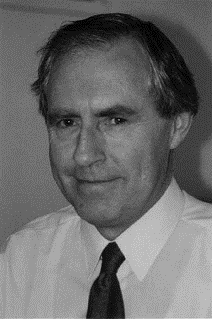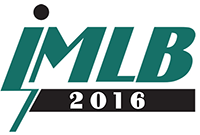A radical new development from Cornell University has the potential to change the superconducting community. For the first time, researchers have developed a self-assembling, porous, 3D gyroidal superconductor, which may have completely new properties.
This from Futurity:
The gyroid is a complex cubic structure based on a surface that divides space into two separate volumes that are interpenetrating and contain various spirals. Pores and the superconducting material have structural dimensions of only around 10 nanometers, which could lead to entirely novel property profiles of superconductors.
Benefits of superconductors
Because superconductors offer no resistance to electrical current and can repel magnetic fields, they hold immense potential for future applications. While we depend on electricity to power a majority of our devices, researchers are always looking for a way to cut heat resistance. Heat resistance not only causes the deterioration and breakdown of appliances, it also leads to wasted energy.
(MORE: Read “Superconductors and the Future.“)
Superconductors, however, offer no resistance to electrical current. However, this is only at extremely low temperatures. The new research out of Cornell University challenges that traditional notion.
Development could ‘revolutionize everything’
“There’s this effort in research to get superconducting at higher temperatures, so that you don’t have to cool anymore,” said Ulrich Wiesner, leader of the research group. “That would revolutionize everything. There’s a huge impetus to get that.”
(more…)







